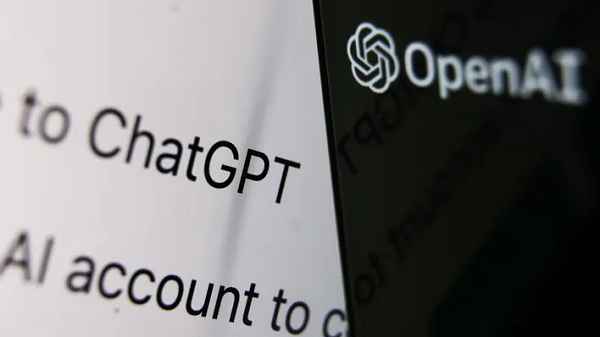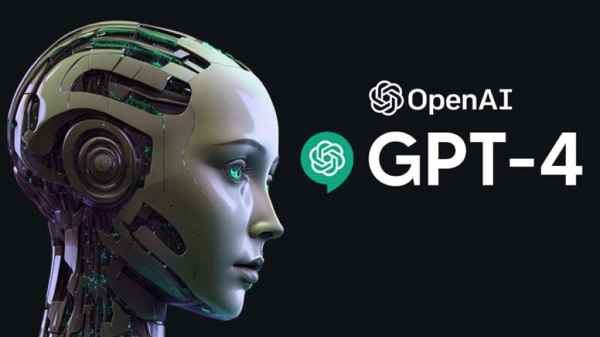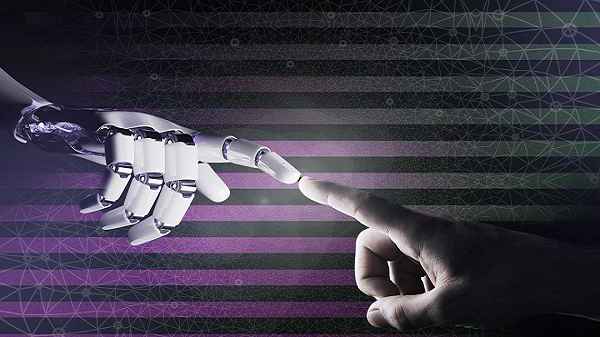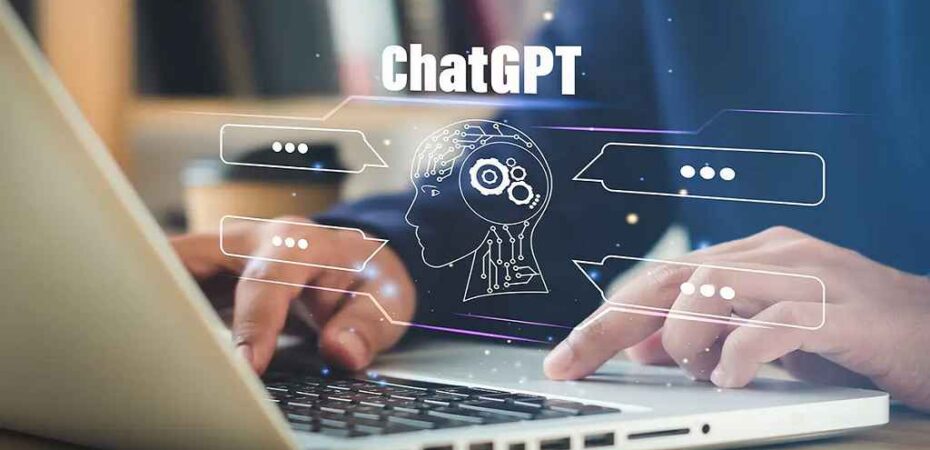OpenAI is a research organization founded in 2015 by several high-profile tech leaders, including Elon Musk, Sam Altman, Greg Brockman, and Ilya Sutskever. OpenAI’s mission is to develop safe and beneficial AI that can be used to solve the world’s most pressing problems. OpenAI’s ChatGPT is one of the most remarkable AI models that have come out of the organization.
What is OpenAI’s ChatGPT?

OpenAI’s ChatGPT is a natural language processing (NLP) AI model that uses deep learning techniques to generate human-like responses to text-based prompts. ChatGPT is based on the GPT architecture and is pre-trained on large amounts of text data. The model can be fine-tuned on specific tasks, such as question-answering, text completion, and sentiment analysis, to generate accurate and contextually relevant responses.
Why was OpenAI’s ChatGPT created?
OpenAI’s ChatGPT was created to address the challenge of natural language processing. The ability to understand and respond to human language is a crucial aspect of AI that has many practical applications. However, it is a complex problem that requires massive amounts of data and computational power. ChatGPT was designed to address this challenge by using deep learning techniques to model the complexity of human language.
How does OpenAI’s ChatGPT work?
OpenAI’s ChatGPT uses a deep learning technique called transformer architecture to generate responses to text-based prompts. The model is pre-trained on large amounts of text data, such as books, articles, and websites, to learn the patterns and structures of human language. Once the model is trained, it can be fine-tuned on specific tasks, such as question-answering, by providing it with labeled data. The model then uses this data to learn how to generate accurate and contextually relevant responses.
The Impact of OpenAI’s ChatGPT

OpenAI’s ChatGPT has made a significant impact on the field of natural language processing. The model has been used to generate human-like responses to text-based prompts, such as chat conversations, emails, and social media posts. The model has also been used to generate text in a variety of contexts, such as writing news articles and creating product descriptions.
The Future of OpenAI’s ChatGPT
OpenAI’s ChatGPT is a promising technology that has the potential to revolutionize the field of natural language processing. As the model continues to improve, it will become increasingly capable of generating accurate and contextually relevant responses to a wide range of text-based prompts. The technology is already being used in a variety of contexts, and it is likely that its use will continue to expand in the future.
Ethical Considerations

The development of AI technology, such as OpenAI’s ChatGPT, raises important ethical considerations. The use of AI in decision-making contexts, such as hiring and lending, raises concerns about bias and discrimination. Additionally, the potential use of AI for malicious purposes, such as disinformation campaigns and cyberattacks, is a cause for concern. It is important to consider these ethical issues as the technology continues to advance.
FAQs
Q1. How is OpenAI’s ChatGPT different from other AI models?
A1. OpenAI’s ChatGPT is based on deep learning techniques and is pre-trained on large amounts of text data, which allows it to generate contextually relevant responses to text-based prompts. This sets it apart from other AI models that may rely on simpler machine learning techniques or have been trained on smaller datasets.
Q2. Can OpenAI’s ChatGPT be used for other languages besides English?
A2. Yes, OpenAI’s ChatGPT can be trained in other languages besides English. The model has already been fine-tuned in several languages, including Chinese, French, and German.
Q3. How accurate is OpenAI’s ChatGPT?
A3. The accuracy of OpenAI’s ChatGPT depends on the specific task it is being used for and the quality of the data it is being trained on. In general, the model has been shown to generate accurate responses to text-based prompts, but there is always room for improvement.
Q4. How might OpenAI’s ChatGPT be used in the future?
A4. OpenAI’s ChatGPT has many potential applications in a variety of fields, including customer service, education, and healthcare. The model could be used to generate personalized responses to customer inquiries, provide educational resources to students, or assist healthcare professionals in diagnosing and treating patients. However, it is important to consider the ethical implications of using AI technology in these contexts.
Conclusion
OpenAI’s ChatGPT is a remarkable AI model that has the potential to revolutionize the field of natural language processing. The model is based on deep learning techniques and is pre-trained on large amounts of text data. The technology is already being used in a variety of contexts and is likely to continue to expand in the future. However, it is important to consider the ethical implications of AI technology and to ensure that its use is responsible and beneficial.
Read also:
- How to Update AirPods and AirPods Pro Firmware
- Dubai: city of innovation and technology
- How to fix “last line no longer available” on iPhone
- 10 Games like GTA You Need to Play While You Wait for GTA 6
- Pairing failed: Your Apple Watch couldn’t pair with your iPhone
- 3 Great Ways to Use AI for eCommerce
- How Do Bitcoin ATMs Work? The Tech Explained
- How To Raid Someone On Twitch



